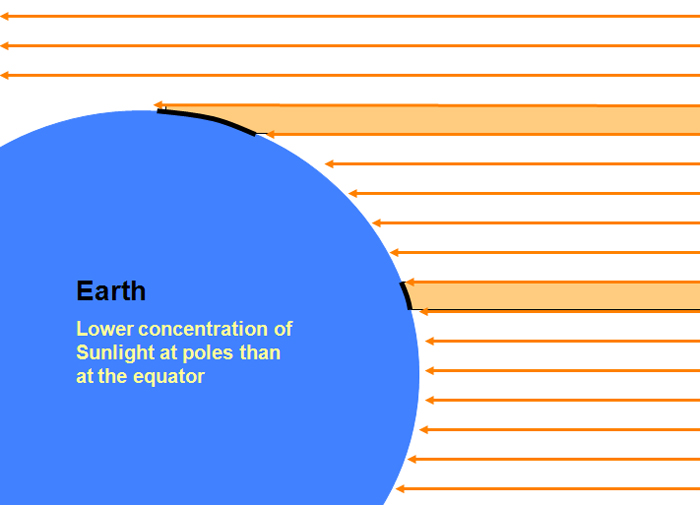Therefore there are a lot of studies that show older people don't eat their RDI let alone a ODA. A study looked at intake of vitamin B6 and B12, and incidence of depression. This study looks at peoples diet (by questionnaire, which means errors could be high as people often answer these as they think they should be, not as they are actually eating).
They found that for every 10 mg increase in vitamin B6 and 10 microg increase in vitamin B12 resulted in a 2% decrease in risk of depression. The abstract is a bit ambiguous, however I think it means a 10mg increase in vitamin B6 results in a 2% decrease, and likewise for B12.
To put this number in perspective the elderly RDI is B6 is 1.7mg and B12 - 6.0 micro grams. So 10mg increase is approximately 5 times the RDI for B6 and twice RDI for B12.
Now this increase isn't trivial. A quick google revels that a cup of green veges has between 0.25 -0.5 mg vitamin B6. Thus to eat 10mg you are looking at 20 cups of veges! B6 is also
Vitamin B12 is found in animal products and half a fish fillet is 2 micro grams and about this for 50 grams of red meat. So an increase of 6 micro grams is again significant.
This raises the question of how did the elderly people consume enough food to make the statistics significant ie eat enough so that they had 10 mg / micro g higher than others.
My only logical conclusion is that they supplemented. So lets make sure our parents and elders have a vitamin B supplement to keep them on the safe side.
Reference: Kimberly A Skarupski, Christine Tangney, Hong Li, Bichun Ouyang, Denis A Evans and Martha Clare Morris Longitudinal association of vitamin B-6, folate, and vitamin B-12 with depressive symptoms among older adults over time American Journal of Clinical Nutrition, doi:10.3945/ajcn.2010.29413 Vol. 92, No. 2, 330-335, August 2010







 1000 µg/d
1000 µg/d












